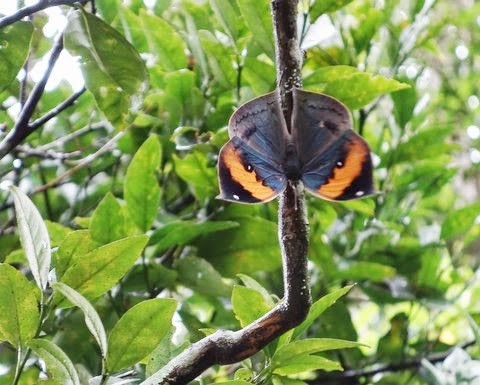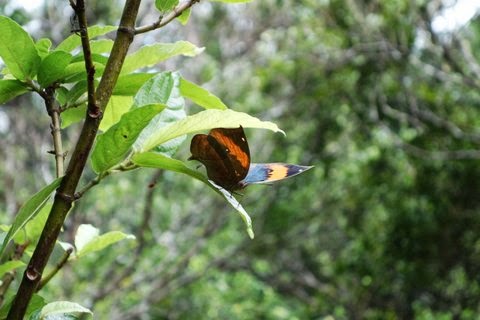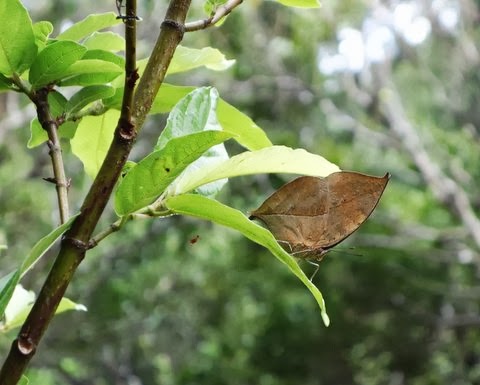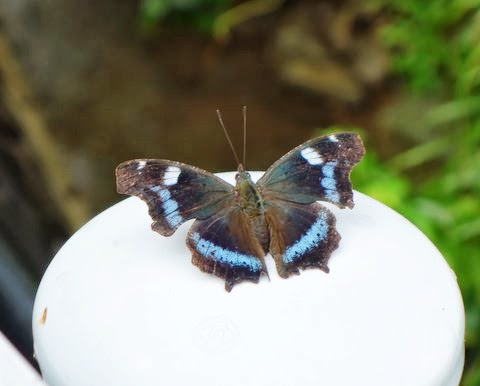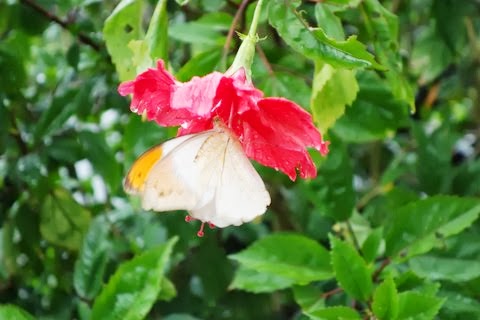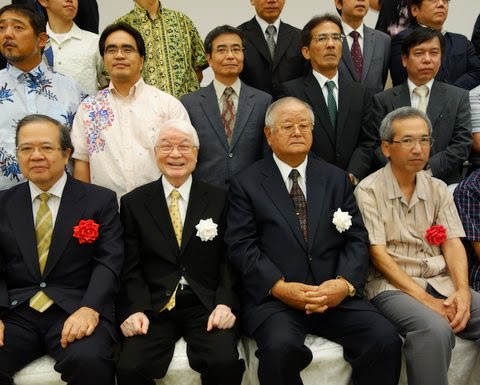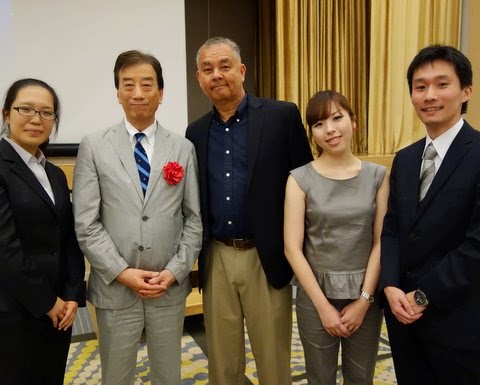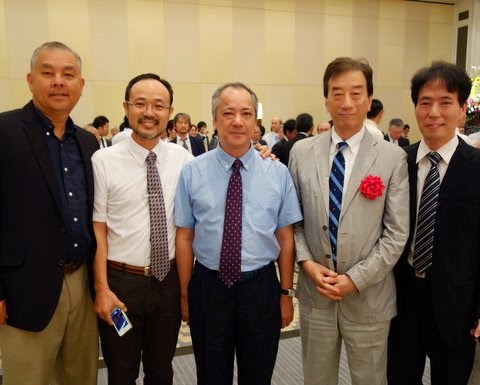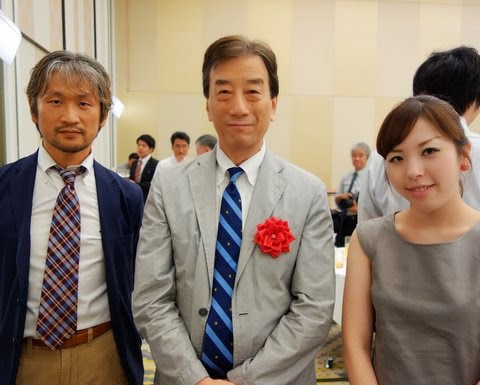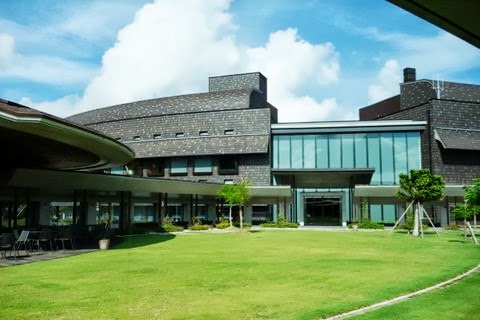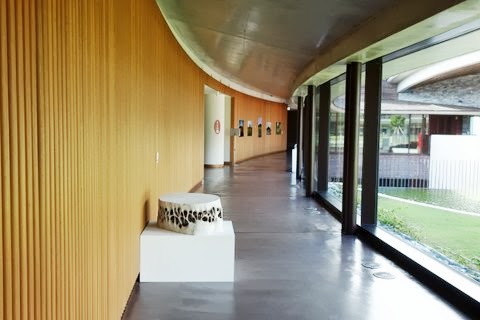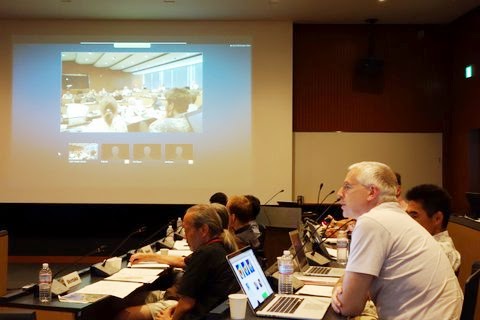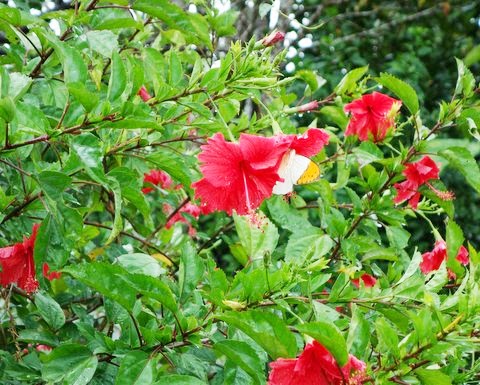It has been thirty months since the Fukushima nuclear accident, and fourteen months have passed since the NAIIC’s report was submitted to the Diet.
How will Japan and the world go change in the future?
It has been decided that the 2020 Olympics will be held in Tokyo. This is good news.
There are people who have gone through a dramatic change in their careers after participating in work at the NAIIC. One of them is Mr. Tsuyoshi Shiina, who became a Diet member and another is Mr. Satoshi Ishibashi, who launched a project called “The National Diet of Japan Fukushima Nuclear Accident Independent Investigation Commission in Plain Language” to name a few.
Ms. Yurina Aikawa is one of them. One day she contacted us to join the work of the NAIIC. She had been working at one of the major newspapers for two years during which she participated in research on the Fukushima nuclear accident. This past August 30th, her book was published. The book is named Hinanjakusha [The Vulnerable Evacuees: What Occurred at the Elderly Care Facilities near the Fukushima Nuclear Power Plant on that Day], which was written based on the research conducted by herself.
I paid tribute to her book by offering some words at the end of the book. Her compelling document simply moved me. I’d like to share excerpts of my comments with you.
First of all, the excerpt shown on the outer flap is as follows:
“A variety of cases emerged through her scrupulous interviews which connect readers directly to the scenes. The interviews illustrated the anguishes and hard decisions of many people by shedding light on the vulnerable people whose fates are out of their control. The people who support the vulnerable have experienced unfathomable distress. Her interview gave insight into each individual’s way of life on the ground. She reported the sufferings, heartfelt stories, and numerous tragedies.
What can we learn from Ms. Aikawa’s reports? Her reports are based on the interviews, which she conducted continuously on the ground. How should we deal with such a reality? This is a question that this book asks every one of us.”
About Ms. Aikawa:
After the Commission dissolved, I talked to Ms. Aikawa, who had resigned her job at a newspaper in order to join the work at the NAIIC, saying, “Thank you for all your work here. What are you going to do from now on?” Then she answered,
“I’m going to continue this research on my own because I must find more about those people and document them.” However reckless she might appear, there exist some young people who are audacious enough to make such bold decisions. We were surprised by her decision to join the NAIIC, but I was even more astonished with this decision. Then I felt a deep feeling coming over me.
Her lone battle began. However, people started to offer cooperation and support for her project. This is the book in which this audacious young lady’s research was documented … I’m delighted and deeply acknowledge all the credit the author deserves. I want to congratulate her with my personal support for this book.”
If you find her book in a bookstore, please take a look. And if you like it, please buy it. Of course, the book is also available at Amazon.
The wonderful video which brought the NAIIC report to life was created by young people on their own initiative as I have introduced it at the last column (1).
With young people who have such independent spirit and mind, doesn’t it make you sense a bit of hope for our future?













